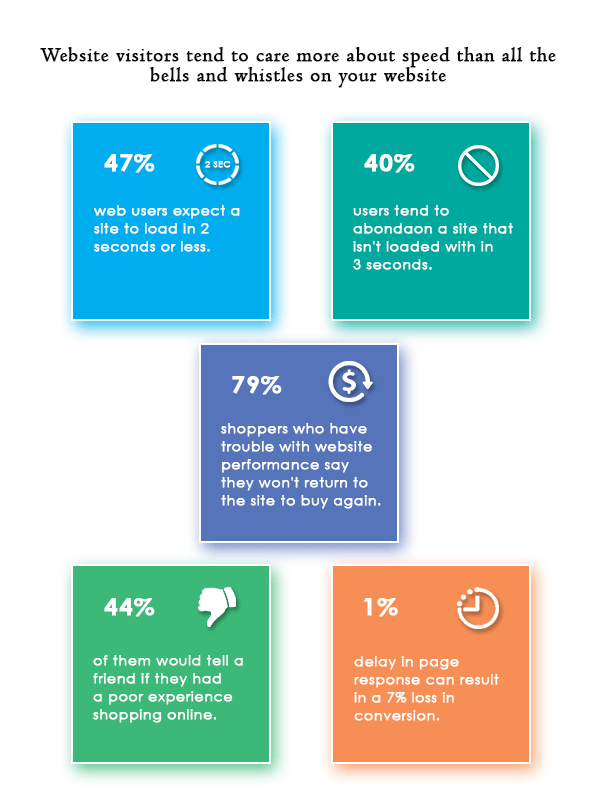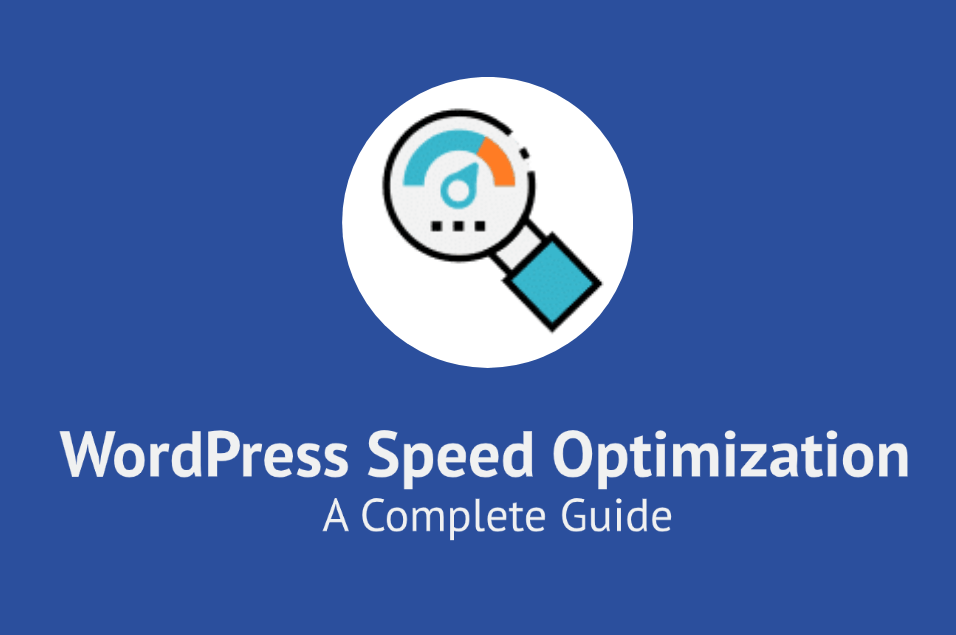
This is a complete guide to WordPress speed optimization in 2023.
In this WordPress speed optimization guide you’ll learn:
- Importance of website speed optimization
- How to test your website speed
- Factors that affect the load time of the website
- Lots more
Let’s get started.
You need to take care of your WordPress speed optimization for the following reasons:
- Search engines hate slow websites
- Website speed is an SEO ranking factor
- Slow websites have a higher bounce rate
- We all are busy and don’t like slow loading websites
WordPress speed optimization is vital for your online success.
In this post, we will walk you through on how to check your website’s speed and how you can optimize your WordPress website speed.
WordPress Speed Test
Conducting WordPress speed test is the first step to check the health of your WordPress website and find out what can you do to improve.
There are many tools available, which you can use to obtain the website speed report for your website. Don’t forget to check both desktop and mobile speed.
We are in a mobile-first world and fast loading website is even more important on mobiles.
Following WordPress, speed test tools not only highlight the issues, which are affecting the page speed but also advises you on how to improve your website speed.
A Few Free Website Speed Test Tools:
Google PageSpeed Insights
Using this tools is quite easy.
All you have to do is type the URL of the website you want to test the page speed for and just hit analyze.
You will get the report, which looks like this.
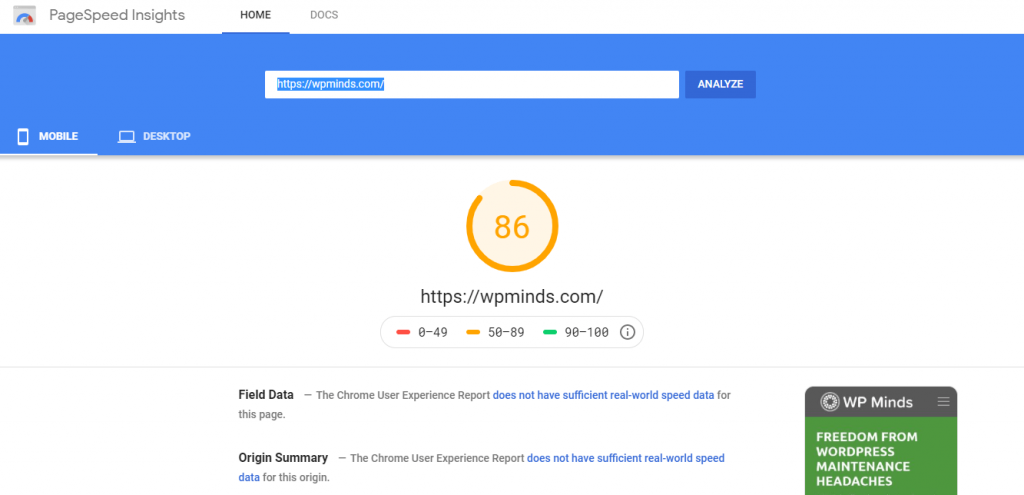
The Google PageSpeed Insights tool gives you the option to track the speed of both the Mobile and the Desktop versions a website.

It lists down the issues, which you can use as a checklist for WordPress speed optimization. You can find this list by clicking on the diagnostics section as shown in the screenshot below.
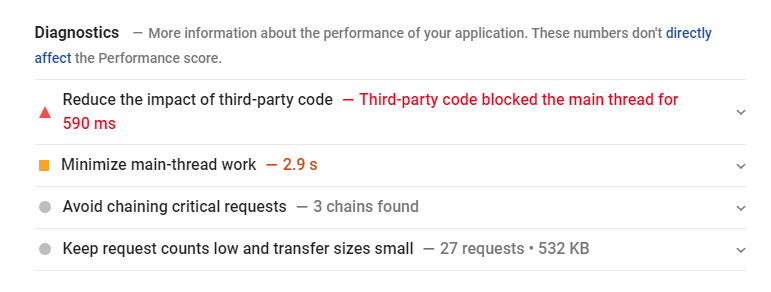
A couple of other popular tools, which many webmasters use for WordPress speed optimization are:
GTmetrix
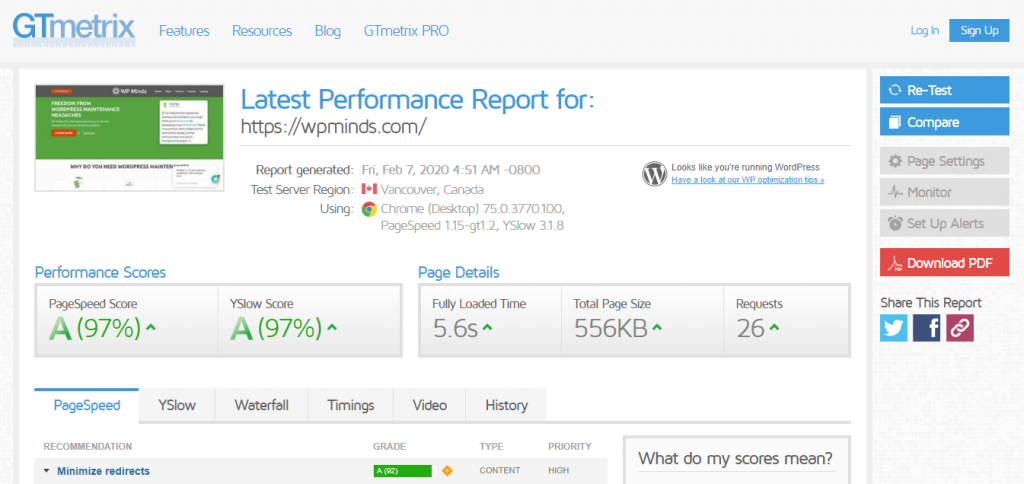
KeyCDN Website Speed Test

It is a good idea to run through your website through a couple of speed test tools to optimize it fully.
There are also a few paid tools you can use to monitor and check your website speed.
Paid tools are more thorough and accurate than the free ones.
1- Site 24×7
Site 24×7 provides you with the facility to monitor the website globally, monitoring the website, its server, cloud monitoring and many more.
2- Uptime
This is another speed optimization tool. It gives you reliable up-time monitoring for websites, servers, and domains.
3- Pingdom Speed Test
Pingdom uses more than 70 global polling locations to verify the website 24/7. They also monitor the websites’ performance and interactions, showing your user experience results.
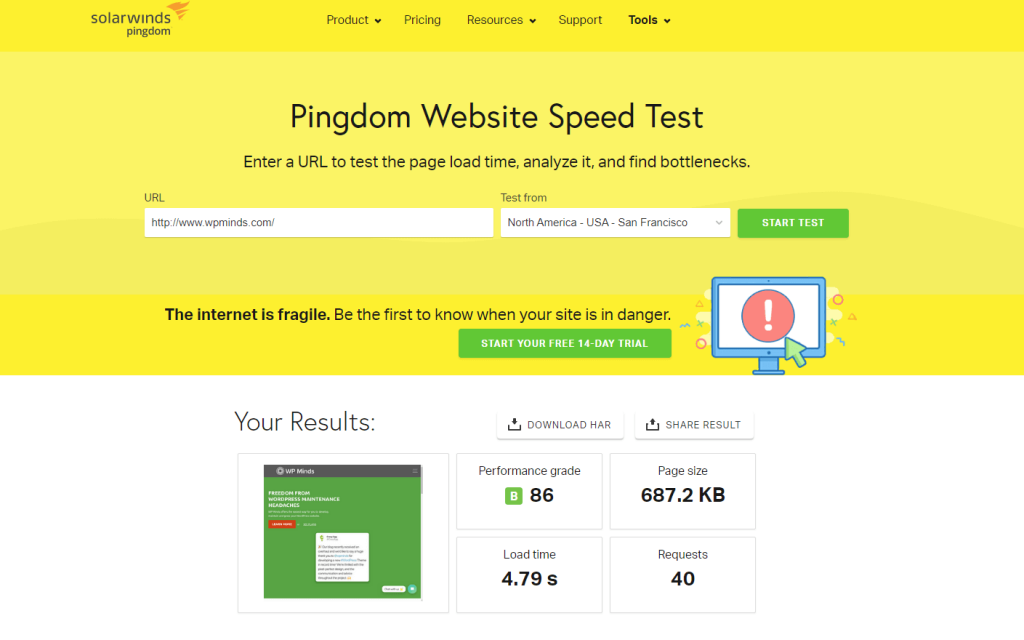
WordPress speed optimization is a regular task. It requires regular review and corrective measures. A good rule of thumb is to review your website speed at least once a month.
Factors That Affect the Load Time of Website
Following are the few important factors of WordPress speed optimization, how you can check and fix these factors, which are causing issues.
1- Use File Minification
Reducing the file size by chopping off the things that don’t affect the working of the file is file minification.
Now consider JS, CSS, HTML files of your website and think about the unnecessary stuff in them. Did you think of comments?
Yes! You are right but just removing the comments from files didn’t work so far. Consider the remaining aspects too that can be done in a short way, you should be concerned with the short cuts only. like:
- Replace true or false by 1, 0 or !0 or 0.
- Rename long variables.
- Replace color values like rgba(0,0,0,0) with transparent.
- Try to add short and descriptive comments instead of using long comments.
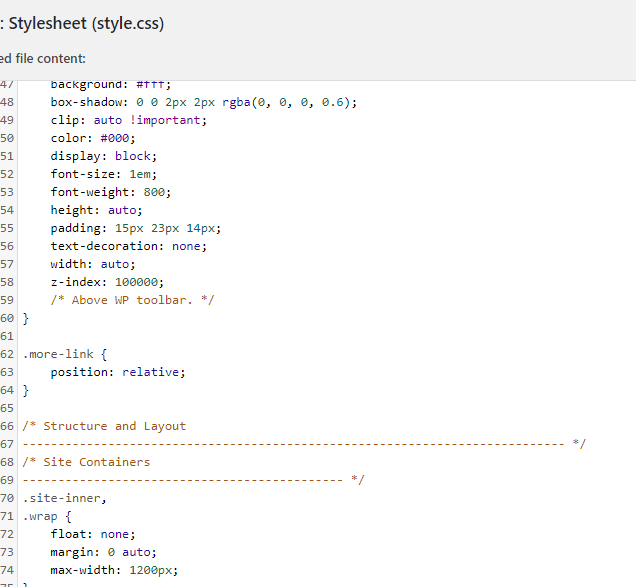
2- Keep Your Website Secure
Website security is important to keep hackers, attackers and cyber-thieves from accessing your information also its the key factor to boost up the speed of the website.
Do you know hackers can launch Denial of Service (DoS) attacks to consume your server’s resources and it will slow down your site’s speed?
Following are some key factors to keep your site secured:
- Use strong passwords
- Use Two-Factor Authorization
- Try to use Secure Networks
- Use more than one email address
- Keep an eye on your access log. Attackers do excessive attempts to brute force attack your site. Protect your site from Denial of Service (DoS) and brute force attack type security issues
Avail security services from Sucuri, Cloudflare and keep your site secured.
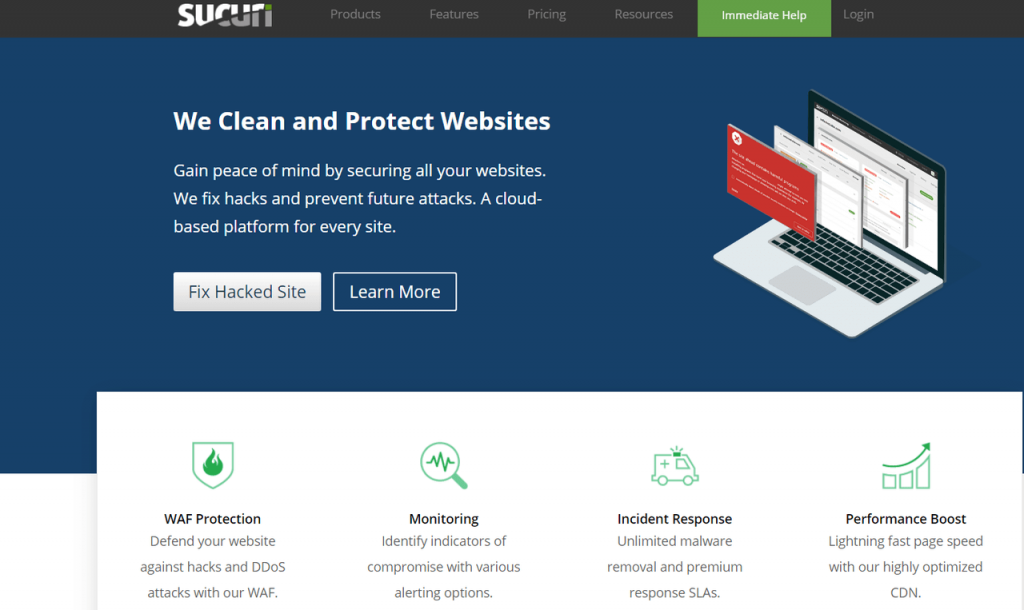
You can follow these 11 steps to further improve your website security
3- Images Must be Optimized
Images are used on websites for all sorts of reasons:
- To engage your audience
- For advertisement
- To display products and services
Images are used because they stand out.
But there is a downside to images if they are not optimized.
They make your website slow!
The solution to overcome this problem is: Compression
You have to reduce the image size without losing the image quality.
Reduce image size in WordPress while uploading images without losing their quality.

You can also use the plugin option. Here are some best plugins for you which will automatically decrease the image size without reducing the image quality.
We mostly use TinyPNG to compress to optimize images before uploading to our websites.
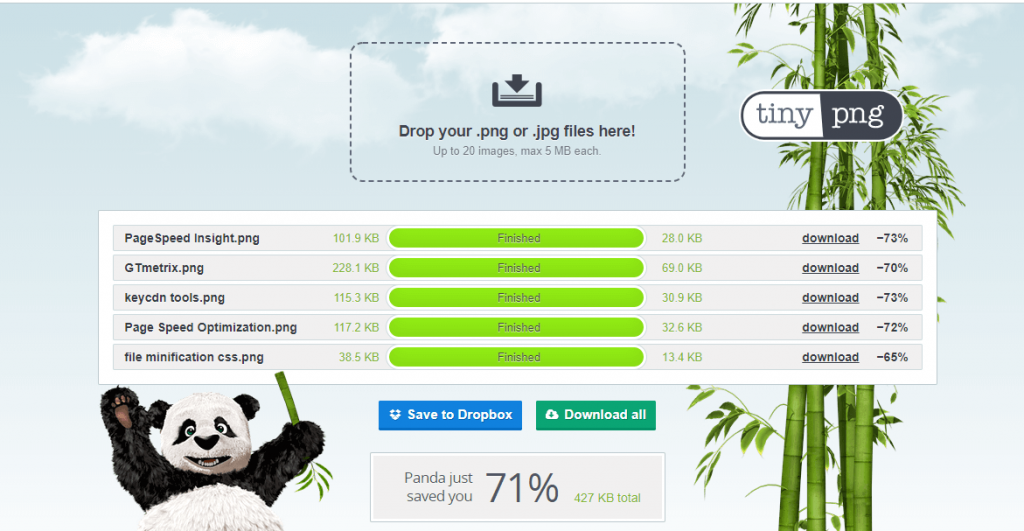
It’s very easy to use. All you have to do is drag and drop the images on their site, which will automatically compress the images for the web use.
Once compressed, you can download the images and upload these compressed images to your website.
You can pick any of the above plugins of your choice to optimize your images and increase the speed of your website.
4- Keep the Page Cache Enabled
Web caching is the most helpful technology out there, which help to deal with WordPress speed optimization.
It helps to:
- Improve website speed
- Result in better SEO score
- Improves user satisfaction
- Increases conversion rate
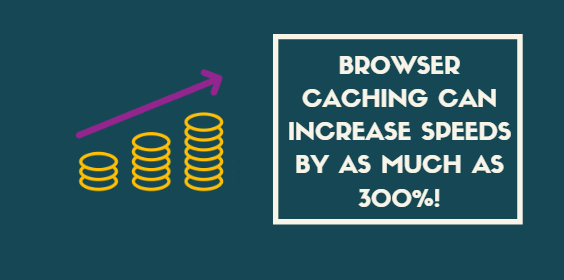
It is pretty simple to understand how caching works.
If you are asked what is 2×5, you will know the answer is 10 without having to solve this in your head
Why? because by know you have done this so many times that you remember the answer. This is sort of what web caching is.
When a browser request to access to a web page. It has to fetch a lot of time consuming things.
When cache is enabled, once a web page is accessed through a browser. It’s file are stored in the server in a temporary storage area. So that the next time a person want to access the same page the information is readily available.
Increase the page speed and user satisfaction as well as reducing the load on your server.
5 – Keep the Hotlinkings Disabled
Hotlinking is when you find an image on the internet and copy that image URL and paste it on your own website.
Now this image is being displayed on your website but will be served from the original source’s server.
This is illegal and considered theft.
Because you are robbing the person’s resources.
If you wanted to prevent this happening to you. You simply need to add these lines to your .htaccess file.

You can also download the Htaccess plugin to keep your website secured.
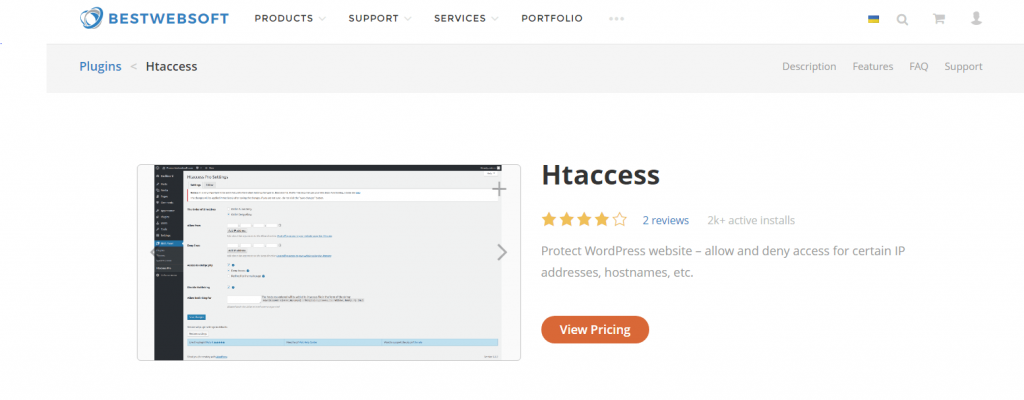
6- Avoid the Use of Hosting Videos
You can host and play videos on your WordPress website. But doing this can badly affect the WordPress page speed.
It’s recommended to use third party video hosting services to host your videos such as Vimeo or YouTube and display videos using the embed code.
It wouldn’t take time to load. And if you are on a limited bandwidth plan, this will be very helpful for you in that respect as well.

Here, you can also go with the short-code option. Just wrap the URL in the “embed” short-code.

7- Minify HTML, JavaScript and CSS
WordPress websites are a combination of HTML, CSS and JavaScript files.
The term minify here means to remove unnecessary characters from these code files.
Eliminating unnecessary data always yields the best results.
This will help cut of some of the load on your page speed.
In order to do this, minifying the files is the best approach. You can do this in two ways.
You can install plugins like
These plugins automatically minify your code for you.
The other option is that you do it yourself, for which you can use online tools:
To make your code light you should try to:
- Avoid adding long comments
- Extra line breaks
- Extra spaces
- Block delimiters
It will improve the speed of the website.
This won’t increase your website speed drastically. But when it comes to website speed any little bit helps!
8- Gzip Compression Should be Enabled
To improve website speed, reducing web page size is critical.
You can reduce your page size by enabling gzip compression which will:
- Reduce web page size
- Improve resource download speed
- Reduce clients data usage
You can enable Gzip Compression in two ways.
- Enable Gzip Compression plugin
- Adding code to our .htaccess file.
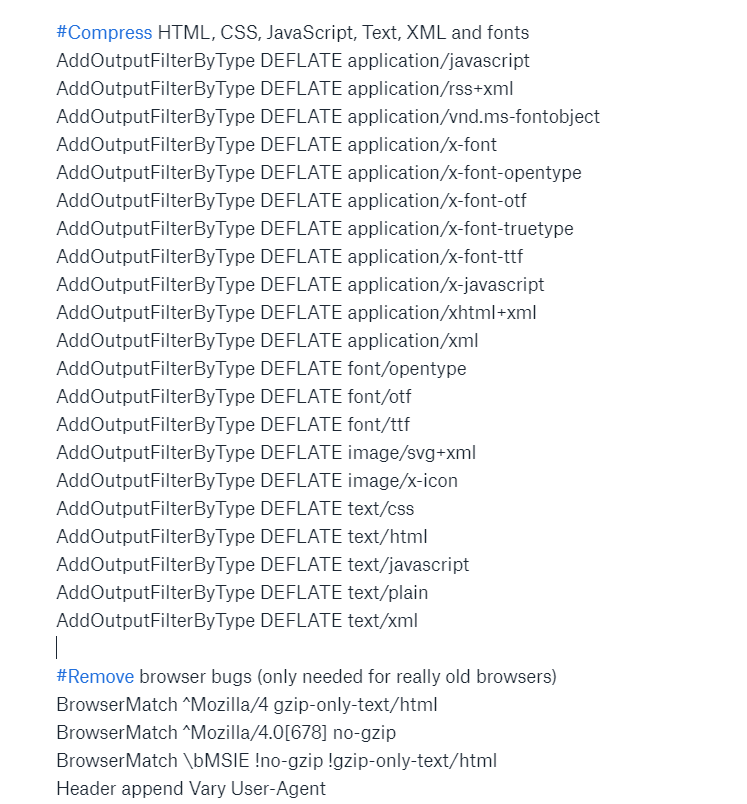
9- Try to Concatenate the Files of Website
Always try to reduce the server requests. I think it’s better to download one large file instead of downloading several small files.
Where possible, try to merge the small files. That’s what the concatenate technique is.
Try to merge HTML, CSS and JavaScript files.
You can use Autoptimize plugin with automatically combines all your HTML, CSS and JavaScript.
Or you can go with the option of Gulp tool.
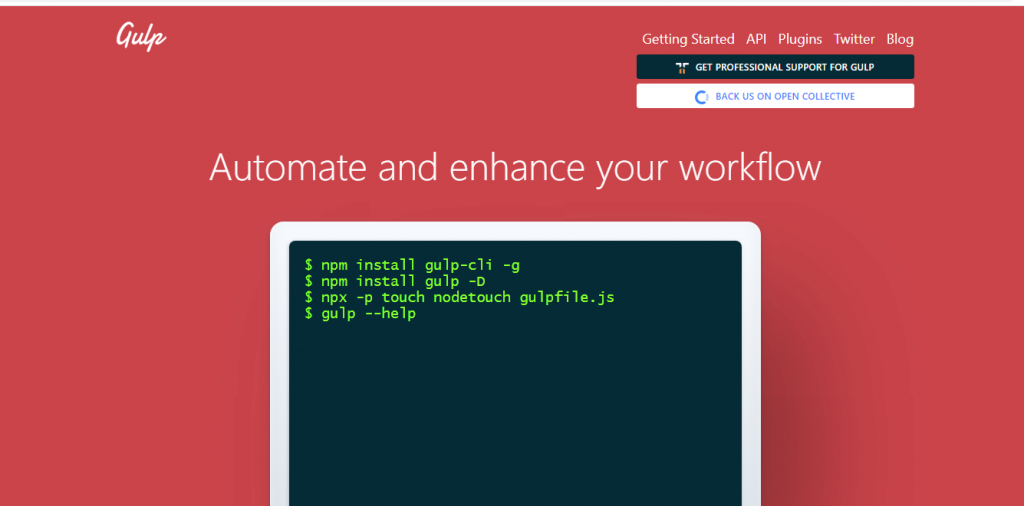
10- Content Delivery Network(CDN) Usage
If you have global customers, it is difficult to guess, which part of the world your customer will access your website. Anyone from any part of the world could access your website.
Suppose, the server that hosts your website is somewhere in the States and a person from china wants to access your website.
Obviously, it will take more time to load because of the distance the data has to travel.
The best solution for this is Content Delivery Network (CDN).
CDN host your static files like CSS, HTML, JavaScript, images on different servers.
It will boost-up the loading time.
CDN is of two types.
- Traditional pull CDN
It saves a copy of all of your content and media, still when the client requests it made directly to your hosting provider.
- Reverse Proxy CDN
When the client requests it behaves like an intermediary server between the client and the host.
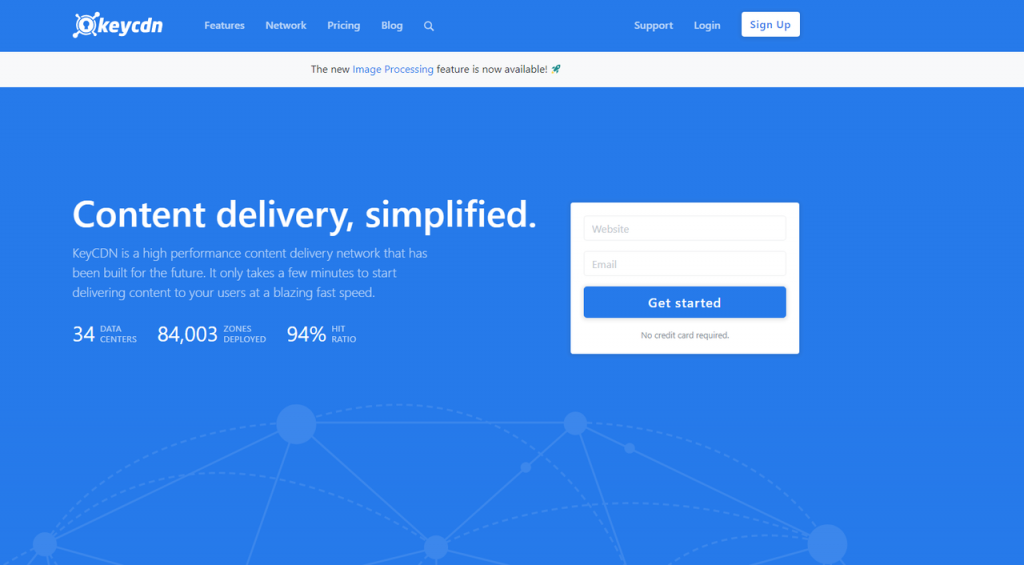
Common traditional Pull CDN are:
Popular reverse Proxy CDN are:
11- Try to Decrease the Requests From the Server
Whenever a user requests any resource that request is placed on the server.
It’s not going to be an issue if you get a few user requests but when many users try to access the resource all at once, it slowdowns the site.
These tips will help you out to reduce the requests from the server.
- Combine CSS files.
- Load JavaScript files asynchronously.
- Show less number of posts on pages.
- Try to reduce unnecessary external resources.
- Reduce the number of images from your pages and posts.
- Remove unnecessary plugins, themes from your website.
- Enable lazy loading in your site it will delay loading images.
- Grade your website’s performance to find the root problem.
- Split the pages and posts if it had huge content or have a lot of comments.
Follow these tips and reduce the requests on the server. It will improve the speed optimization factor. You can check the page request number on the Website Grader.
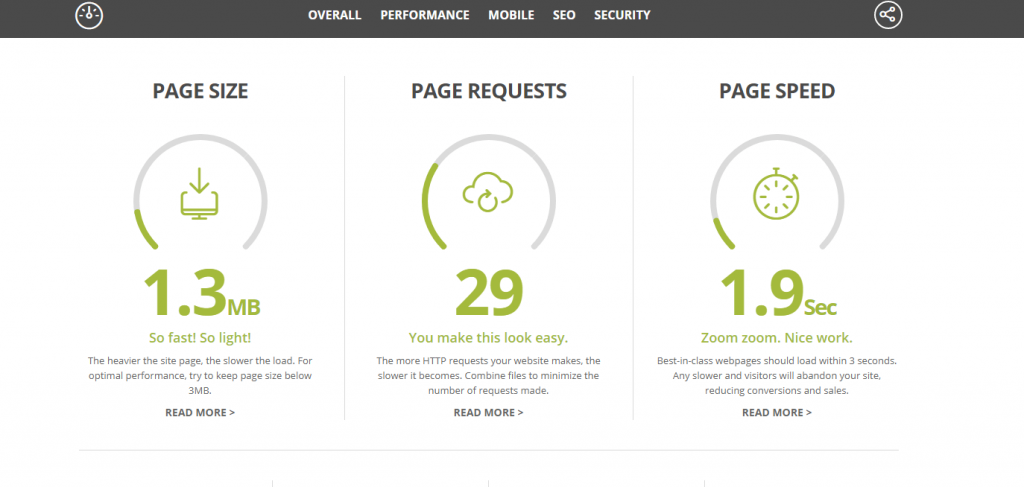
12- Your Website Technology Must be Updated
Whatever technology you are using on your website must be updated.
- HTML
- WordPress
- PHP
- Plugins
- Themes & Frameworks
- other web technologies
They are all updated for some reason. New features, speed enhancement and other factors.
Using older versions puts you at security risk and even slow down your website.
It is important to keep everything on your website updated.

13- Always Use Quality Hosting in Your Website
There are thousands of hosting companies out there.
Reliable and high-performing hosting is necessary for the success of your website.
Especially when it comes to website speed, your website hosting can make or break your site.
WP Engine for managed and Site ground for shared hosting are the best in our experience.
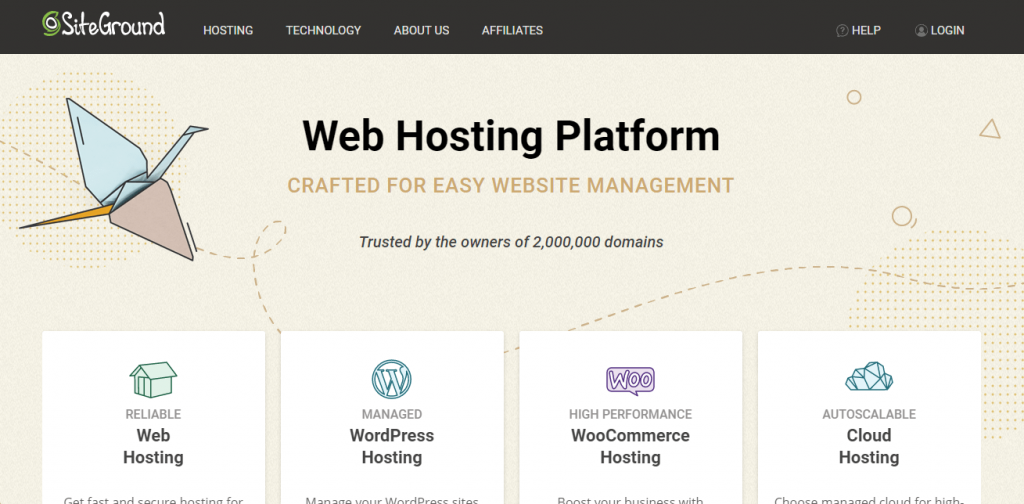
Being the owner of a website, you need to remember. Every second matters in WordPress optimization.
14- WordPress Plugin for Speed Optimization
On top of all the steps we have mentioned above, you can improve your website speed by using a WordPress speed optimization plugin.
WP Rocket is the best plugin for WordPress speed optimization.
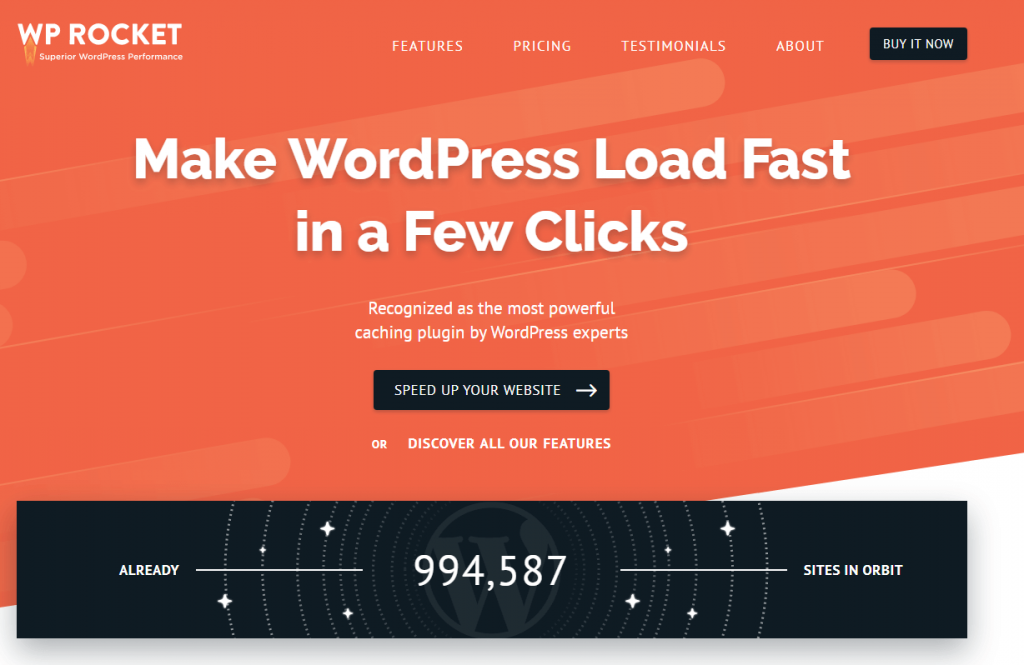
Some features of the wp-rocket plugin:
- Developer Friendly
- Page Caching
- Static Files Compression
- Cache
- Pre-loading Images on Request
The following are some other famous speed optimization plugins.
To find out more about plugins, please click here.
Conclusion
Don’t forget! A slow-loading website can cause users to lose their interest in your website and move on to other sites.
We tried our best to emphasize the importance of WordPress speed optimization, explained the factors with solutions that will improve the speed of your website.
We hope you have found this guide helpful.
Are you still here? What are you waiting for? Go ahead, log into your website and improve the speed of your website.
After completing the steps, don’t forget to test your website speed and share your results and experiences with us below in the comments.
We will be happy to see the improved speed of your website.
Want to Learn More?
Here is the list of few other guides that will help you master WordPress.
- How to Build a Website – Start With Why
- What is WordPress? All You Need to Know
- How to Build a WordPress Website From Scratch
- How to Decide the Best Hosting for WordPress
- What is WordPress Management? All You Need to Know
- Best WordPress Plugins – Ultimate List
- 15 Best WordPress Themes for Blogs, Business & Ecommerce
- 65 Types of WordPress Help Requests
- WordPress Website Launch Checklist – Updated 2023
Source: https://wpsupportdesk.com/blog/wordpress-speed-optimization/
